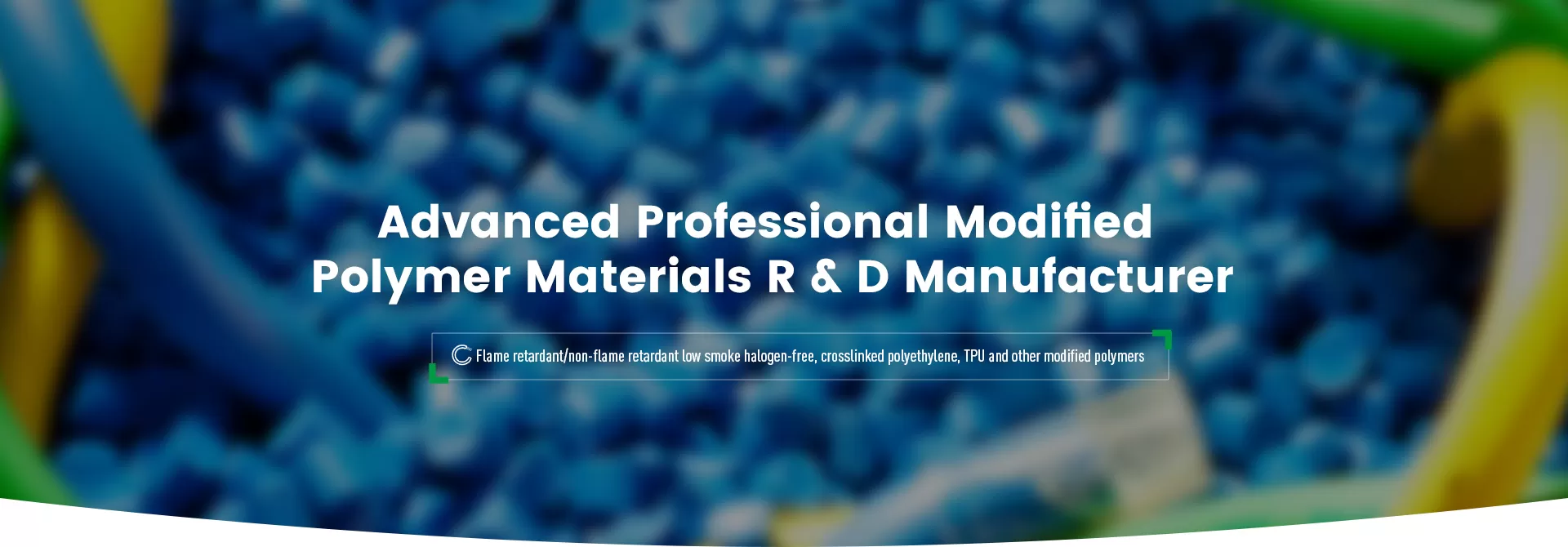
In high-temperature environments, cable insulation may crack and fail, leading to severe safety hazards and equipment malfunctions. Ensuring that cables provide excellent heat resistance while enhancing their insulation properties is crucial. High-temperature wire insulation is typically made using electrical wire and cable insulation materials.
The design of high-temperature wire insulation aims to withstand extreme temperatures while maintaining electrical properties. The primary goals of high-temperature wire insulation materials are heat resistance, chemical corrosion resistance, oil resistance, and physical wear resistance. Materials used for wire insulation must have high dielectric strength to ensure they can withstand high voltages without damage.
High-temperature cables must also resist mechanical wear, moisture intrusion, and UV radiation in outdoor applications. The selected insulation material must meet operational requirements, considering factors such as rated temperature, dielectric constant, and abrasion resistance.
Several insulation materials are widely used in high-temperature wire applications. Each material offers unique advantages suited for different operational environments. Here are the most commonly used high-temperature wire insulation materials:
Cross-linked polyethylene is a modified polyethylene material enhanced with cross-linking agents. It is one of the most widely used cable insulation materials globally, offering excellent electrical properties, low dielectric constant, insulation performance, and heat resistance. For example, Angory’s XLPE insulation series can withstand temperatures up to 150℃.
Semi-rigid polyvinyl chloride is a common choice for general-purpose electrical line insulation. It offers good oil, chemical, and abrasion resistance. PVC typically operates at temperatures ranging from -40℃ to 105℃, but special formulations can withstand temperatures up to 125℃. PVC is cost-effective and widely used in building wiring, automotive applications, and household appliances.
Materials such as ethylene propylene rubber (EPR) and Silicone Rubber are extensively used in high-temperature applications. EPR offers excellent dielectric properties and can withstand temperatures up to 150℃, while silicone rubber can endure temperatures up to 250℃. These materials provide flexibility, impact resistance, and superior performance in harsh environments, making them suitable for aerospace, industrial, and automotive wiring.
Fluoropolymers such as polytetrafluoroethylene (PTFE, known as Teflon) offer outstanding heat resistance, chemical resistance, and dielectric properties. These materials are used in demanding environments with operating temperatures exceeding 260℃. FEP(Fluorinated Ethylene Propylene) and PFA (Perfluoroalkoxy) share similar benefits, providing enhanced flexibility, making them ideal for high-frequency, high-voltage applications and wiring in the aerospace and defense industries.
Glass Fiber and Mica Tape:Glass fiber and mica tape are commonly used in extreme high-temperature environments. These materials offer exceptional heat resistance, often exceeding 500℃, and are frequently applied in fire-resistant cables.

Thermoplastic materials such as PVC and PE soften when heated and harden when cooled. They are cost-effective and suitable for medium-temperature applications. Thermoplastic insulation materials are easy to process and recycle, making them environmentally friendly.
Thermoset materials, including rubber and cross-linked polyethylene (XLPE), do not melt or deform at high temperatures. These materials offer excellent heat and chemical resistance, maintaining their shape and properties even under prolonged thermal stress. Thermoset insulation materials also provide superior insulation performance.
Composite insulation materials combine different materials to enhance performance characteristics. These insulation materials are often used in specialized applications, such as aerospace and industrial environments. Combining PTFE with mica tape or glass fiber enhances flame resistance, mechanical strength, and dielectric properties.
Using high-heat cable insulation ensures the longevity and reliability of electrical systems exposed to extreme conditions. High-temperature cables are critical in industries such as automotive, aerospace, and manufacturing. By selecting appropriate cable insulation materials, operators can prevent electrical failures, reduce downtime, and improve safety. Additionally, heat-resistant wires minimize energy loss, enhance efficiency, and protect equipment from damage.
High-temperature wire insulation materials are commonly used to produce wires and cables for the following sectors:
·Industrial machinery and equipment
·Automotive engine compartments
·Aerospace wiring systems
·Power generation equipment
·Oil and gas extraction
·Data centers and telecommunications
In these environments, wiring insulation materials must not only withstand high temperatures but also resist chemicals, moisture, and mechanical stress.
Selecting the right high-heat wire and cable insulation materials is crucial for maintaining the integrity of electrical systems in high-temperature environments. Understanding the characteristics of different insulation materials helps in choosing the best solution for specific applications, ensuring safety, durability, and performance. Investing in high-temperature electrical wiring solutions can improve operational efficiency and minimize maintenance and repair costs.